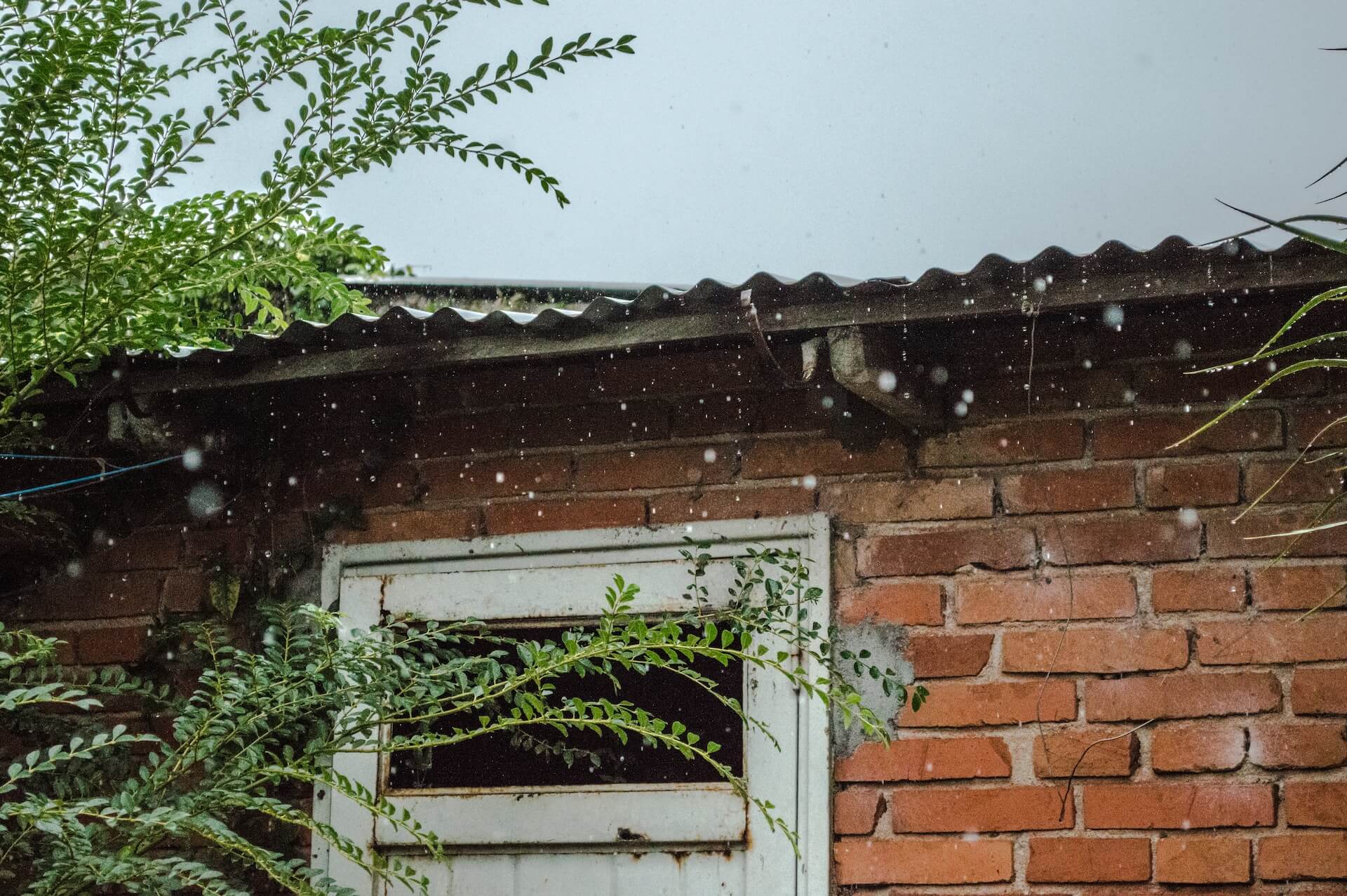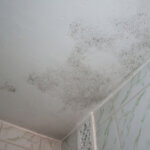Water damage can be a devastating and overwhelming experience, and water damage and freezing cause almost 20% of homeowners insurance losses. Whether it’s from a burst pipe, roof leak, flooding from a storm, or other sources, water damage can cause costly and destructive damage to your home.
The good news is that you don’t have to be an expert handyman to repair water damage in your home. With the proper knowledge and solution, you can effectively identify the source of the water, assess the area for potential hazards, and fix any water damage-related problems quickly before long-term damage occurs.
This Water Damage Repair 101 guide explores everything you need to know about water damage repair.
Causes of Water Damage in the Home
Homeowners must know the various common causes of water damage in their homes. These include:
- Leaks
- Flood
- Burst pipes
- Rainwater
- Clogged drains
- Sewer backups
- Faulty sump pump
- Defective appliances
Each source can lead to extensive water damage that can be particularly challenging to repair due to its ability to cause long-term and often unseen damage.
Water damage can have long-term effects on your home, from smells to mold growth to structural decay. This is why it’s crucial to inspect your home regularly for any signs of water damage to address the issue quickly.
Effective Water Damage Repair Techniques
When it comes to repairing water damage, there are specific steps you need to take to address the problem effectively. These include:
- Inspecting your home for water damage
- Assessing the extent of the damage
- Extracting the water with a towel, mop, or vacuum
- Dehumidifying and drying the affected area
- Cleaning, sanitizing, and disinfecting affected surface
- Repairing or replacing damaged materials
- Sealing off any leaks or cracks with waterproof sealant
- Testing for safety
These steps are essential for ensuring your home is safe and secure from water damage. Be sure to use non-toxic and environmentally friendly products when completing any repairs, as these are the best for maintaining a healthy home environment.
If the water damage is too complex, severe, or extensive to handle, hire water damage restoration professionals. A water damage specialist has the right tools and skills to manage home water damage repair safely and efficiently.
Ceiling Repair Water Damage
Ceiling water damage poses a greater challenge than in other areas of the home, as ceilings often bear the brunt of significant water damage. They are more complicated to access than walls or floors since they are higher up and harder to reach.
If you have ceiling water damage, you can take the following steps to repair it:
- Look for signs of damage, such as staining, discoloration, cracks, water rings, and peeling paint.
- Identify and fix the source of the water damage.
- Extract any standing water in the ceiling with a cloth, mop, or vacuum.
- Dry out the ceiling with a dehumidifier, fans, and other moisture-removing materials.
- Repair any drywall damage and replace it with new drywall if necessary.
While it’s possible to fix ceiling water damage on your own, you may want to hire a professional to ensure your home is safe and secure from any potential additional damage.
You can also take preventative steps to avoid future ceiling water damage in your home. These include:
- Regularly inspect your roof for any signs of damage, such as missing shingles or flashing.
- Clean and unclog drains, gutters, and downspouts to ensure that rainwater drains away properly.
- Repair any plumbing problems quickly to stop leaks before they cause further damage.
Following these preventative measures can reduce the risk of ceiling water damage and keep your home safe from further problems.
Home Water Damage Repair
To properly repair water damage, you can follow these steps:
- Assess the extent of the damage.
- Extract any standing water.
- Clean and dry the area.
- Determine the necessary repairs.
- Repair or replace any damaged materials.
When restoring a home after water damage, the most crucial thing is to act quickly. The sooner you address the source of the water damage and make repairs, the better chance you have of preventing further issues from occurring. It also prevents expensive repairs in the long run that can mount up quickly if the water damage is left untreated.
Preventing Future Water Damage
To prevent future water damage in your home, consider the following tips:
- Routinely inspect the roof, ceiling, windows, and other areas for signs of water damage.
- Keep drains, gutters, and downspouts clear of debris.
- Check for any plumbing leaks or cracks and repair them immediately.
- Inspect the walls and floors for any signs of moisture seeping in.
- Scan your home for water damage after heavy rain or flooding.
These tips can help protect your home from future water damage and ensure that your home is safe and secure.
Final Thoughts
Water damage repair is vital to keep your family safe. Understanding the basics of water damage repair and prevention can help you protect your home from further damage and costly repairs. Proper water damage repair and prevention lets you rest easy knowing your home is safe and secure.
While you can take care of some smaller water damage repairs yourself, it’s best to call a certified water damage restoration company like Jolly Cleaning & Restoration for more extensive and comprehensive inspection and repairs.
Contact Jolly Cleaning & Restoration today for all your water damage restoration and repair needs.




